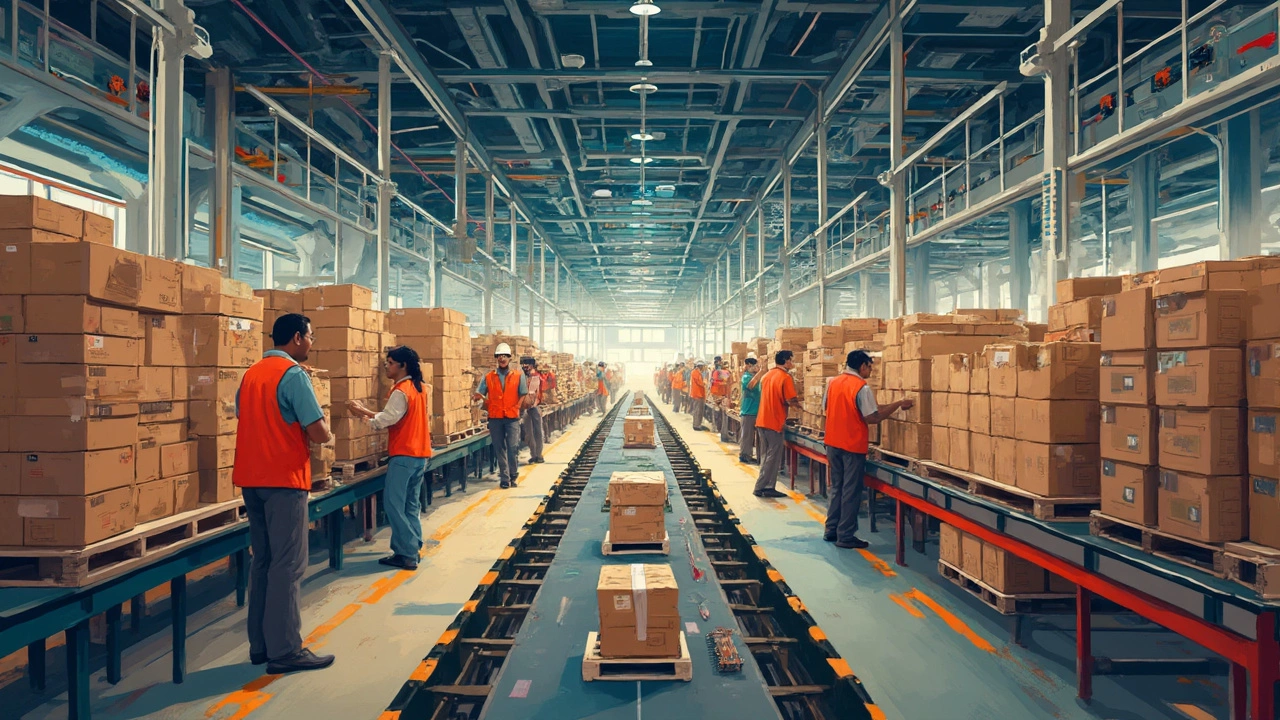Ownership in Logistics – Why It Matters
When you hear the word “ownership” in logistics, you might think of buying a truck or renting a warehouse. It’s actually a lot more than that. Owning parts of the supply chain gives you control over how fast things move, how much you spend, and how reliable your service is. In this guide we break down the main ways businesses own logistics assets and what that ownership can do for you.
Types of Ownership in the Supply Chain
First, there’s stock ownership. That means the inventory sits on your books, not on a third‑party’s shelf. When you own the stock, you decide when to reorder, how much safety stock you need, and which products to push in promotions. It also lets you track exact costs per unit, which is crucial for pricing.
Next up is warehouse ownership. Some companies lease space, while others build or buy their own facilities. Owning a warehouse gives you the freedom to design layouts for speed, install custom automation, and set your own operating hours. You also avoid hidden fees that often come with third‑party logistics (3PL) contracts.
Then there’s transportation ownership. Whether it’s a fleet of vans, a set of refrigerated trucks, or even a partnership with a carrier that gives you branded vehicles, having direct control over how goods move cuts dependency on external schedules. It also lets you monitor fuel usage and driver performance in real time.
Finally, consider technology ownership. Owning a Warehouse Management System (WMS) or a Transportation Management System (TMS) means you can tweak workflows, integrate with your ERP, and keep data in-house. This avoids the “one‑size‑fits‑all” restrictions of SaaS platforms that charge per transaction.
Benefits of Owning Logistics Assets
Control is the biggest win. When you own an asset, you set the rules. Need a same‑day delivery window for a high‑value order? You can adjust routes on the fly instead of waiting for a carrier’s next available slot.
Cost predictability follows. Leasing or outsourcing often brings variable fees that spike during peak seasons. Owning assets turns many of those variable costs into fixed ones, making budgeting simpler and protecting margins.Data ownership is another perk. Every scan, every mile logged, every temperature reading stays in your system. That data fuels better forecasting, reduces stockouts, and helps you spot inefficiencies before they become expensive problems.
Brand consistency improves too. Your own trucks, warehouses, and software let you create a seamless experience for customers. From a neatly branded van pulling up at the door to a warehouse that ships orders in under an hour, ownership builds trust.
Of course, ownership isn’t free. You’ll need capital, maintenance, and staff training. But many businesses offset those costs with higher margins, faster turnaround, and the ability to scale on their own terms.
Bottom line: If you want tighter control over inventory, faster shipping, and clearer cost structures, think about which parts of your logistics you can own. Start small—maybe a dedicated WMS for your biggest SKU—and grow as you see the benefits. Ownership isn’t a one‑size solution, but it’s a powerful lever for any business that wants to stay ahead in a crowded market.
Does Amazon Own Its Warehouses? Understanding Their Logistics Empire
Amazon’s logistics network is vast and complex, leaving many wondering if all the warehouses they use are owned by them. This article explores the ownership structure of Amazon warehouses and how this impacts their logistics operations. It delves into the strategic reasons behind Amazon's warehouse acquisitions and the role of third-party logistics partners. Readers will gain insights into how Amazon manages one of the world’s largest distribution networks.
Read More